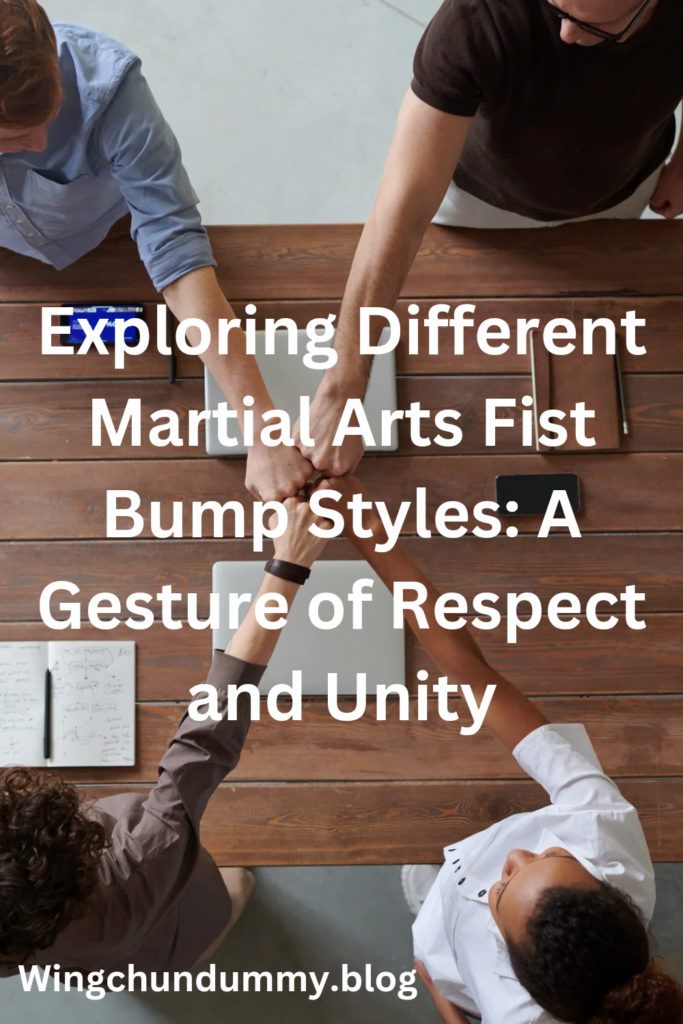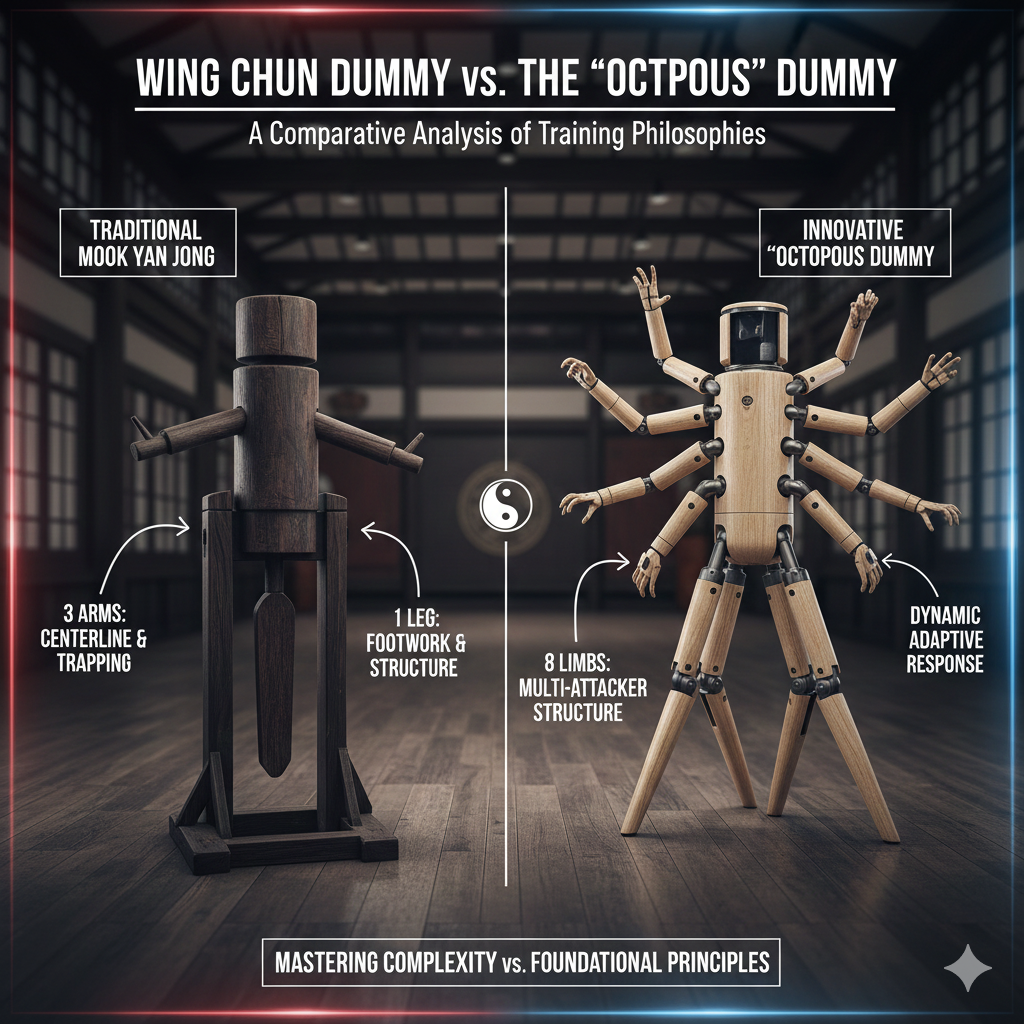Martial arts, with their rich traditions and deep-rooted philosophies, have always emphasized respect, discipline, and unity among practitioners.
One of the most recognizable gestures within this community is the fist bump.
This simple yet powerful act transcends language barriers and conveys a profound sense of camaraderie, mutual respect, and sportsmanship.
The fist bump serves as a silent acknowledgment of shared values and an unspoken bond among martial artists.
The origins of the fist bump in martial arts can be traced back to various cultural and historical contexts.
In many Asian martial arts traditions, such as Kung Fu and Karate, practitioners would often bow to each other as a sign of respect before and after training or sparring sessions.
Over time, with the global spread and evolution of martial arts, the fist bump emerged as a modern adaptation of these traditional greetings.
It retains the essence of respect and unity while also embodying a contemporary, universal appeal.
In addition to its historical roots, the fist bump holds significant cultural relevance across different martial arts disciplines.
In Brazilian Jiu-Jitsu (BJJ), for instance, practitioners commonly engage in a fist bump before rolling on the mats, signaling a mutual understanding and readiness for a fair and respectful encounter.
Similarly, in Muay Thai, the gesture is often exchanged between fighters and trainers, reinforcing the spirit of sportsmanship and honor.
Beyond the dojo or gym, the fist bump has permeated various aspects of martial arts culture.
It is frequently seen in competitions, where athletes from diverse backgrounds come together and exchange this gesture, signifying their respect for one another’s skills and dedication.
The fist bump has also become a symbol of unity within the global martial arts community, representing a shared commitment to the principles of discipline, perseverance, and mutual respect that define martial arts.
As we delve deeper into the different styles of martial arts fist bumps, it is essential to appreciate the underlying values they represent.
Each variation, whether rooted in tradition or adapted for modern practice, encapsulates the spirit of martial arts –
A spirit that transcends individual disciplines and unites practitioners worldwide in their pursuit of excellence and respect.
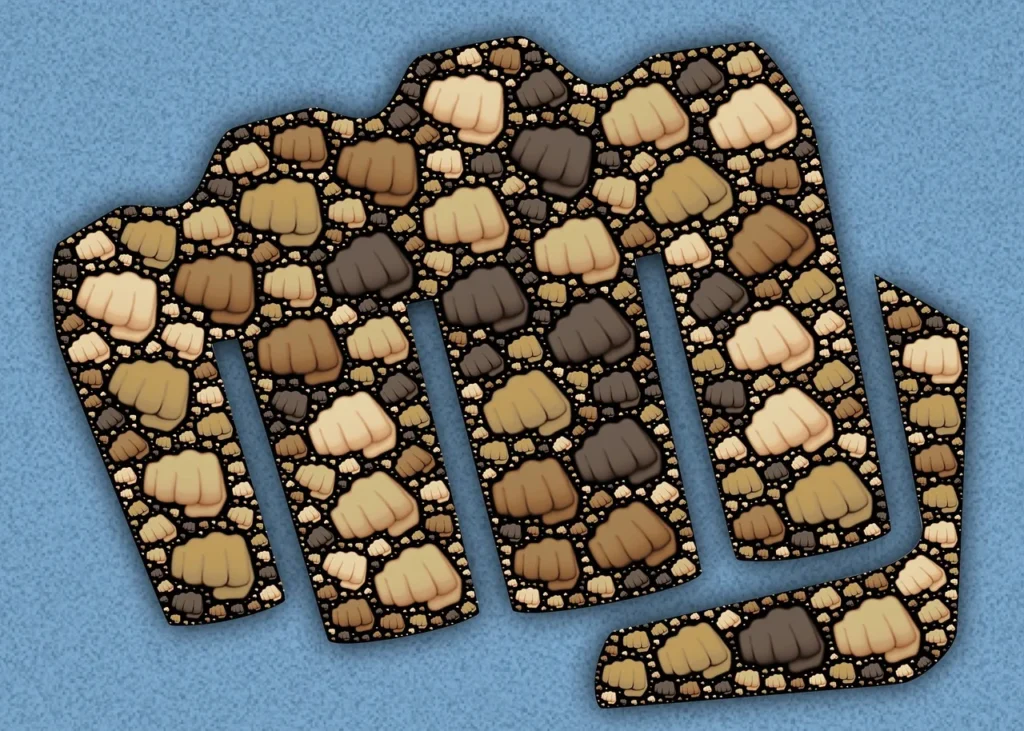
Traditional Fist Bump in Karate
In the realm of Karate, traditional fist bumps are not merely casual gestures but are steeped in formality and respect.
The fist bump, often referred to as “seiken,” is a customary form of greeting and acknowledgment among practitioners within the dojo.
This gesture is typically performed before and after sparring sessions, during partner drills, and at the conclusion of a class, signifying mutual respect and unity.
The act is not just about physical contact but embodies a deeper symbolic meaning within the Karate culture.
When executing a traditional fist bump in Karate, practitioners adhere to specific etiquette.
The gesture starts with both individuals standing in a formal stance, known as “musubi-dachi,” with feet together and hands at their sides.
The practitioners then extend their right fists towards each other, maintaining eye contact as a sign of mutual respect and sincerity.
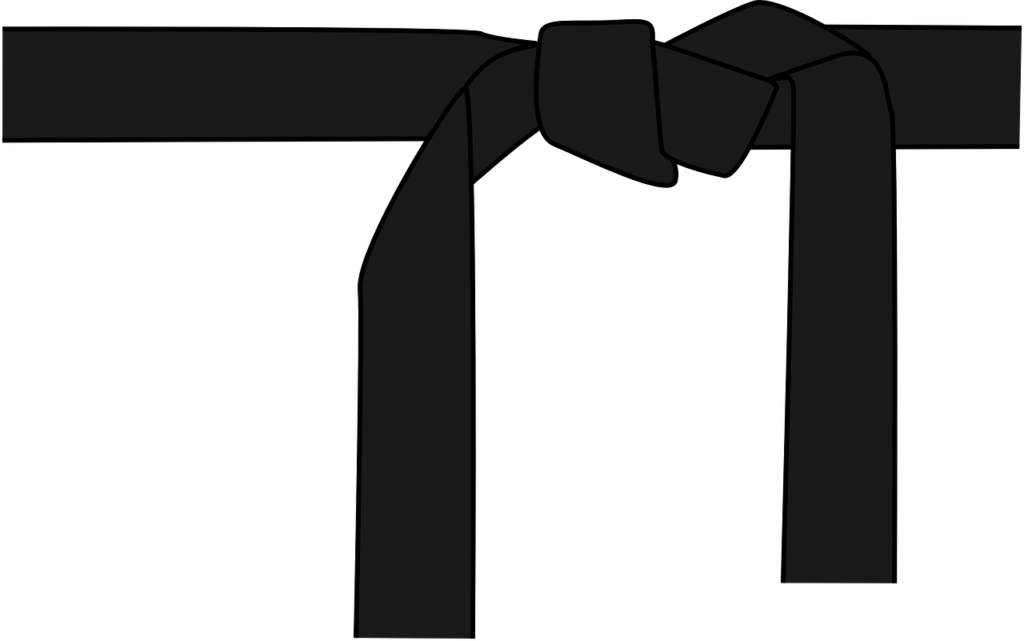
It is customary to bow slightly while performing the fist bump, further emphasizing the gesture’s respectful nature.
This simple yet profound interaction reflects the discipline and honor that are central to Karate’s philosophy.
Beyond its functional role in acknowledging a fellow Karateka, the traditional fist bump carries significant symbolic weight.
It represents the values of camaraderie, humility, and equality.
By engaging in this ritual, practitioners affirm their commitment to the principles of Karate, such as “Reigi” (etiquette) and “Bushido” (the way of the warrior).
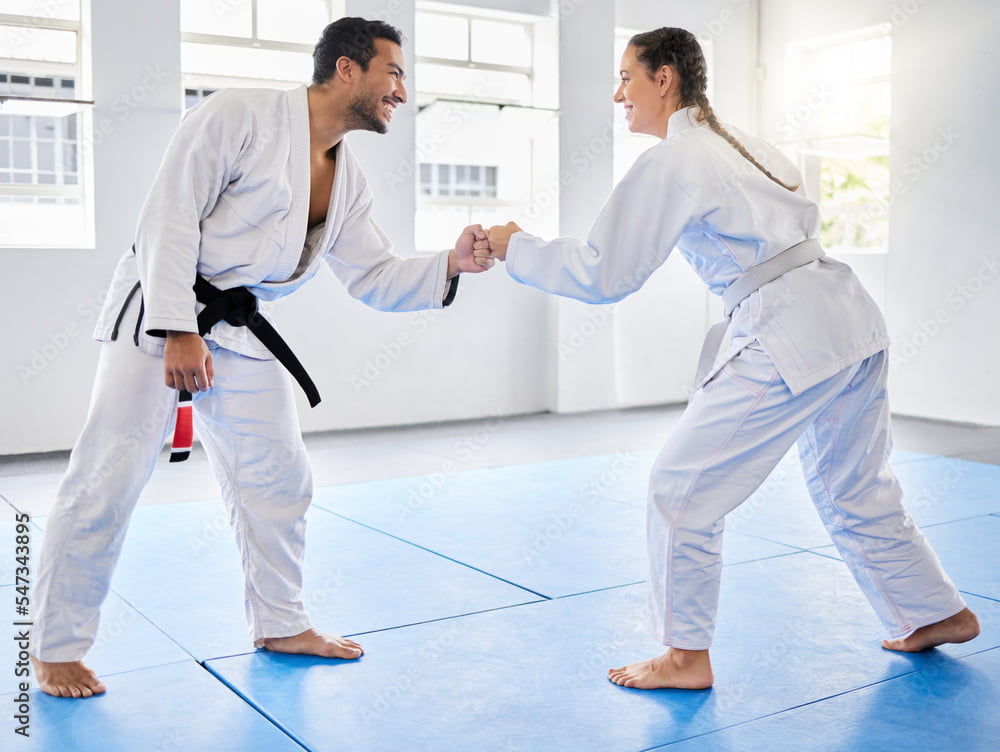
The gesture serves as a reminder that, despite differences in rank or skill level, all members of the dojo are bound by a shared dedication to their martial art and to each other.
In essence, the traditional fist bump in Karate is an integral part of the martial arts culture, encapsulating the essence of respect and unity.
It is a gesture that transcends mere physical contact, embodying the spirit and values that define the practice of Karate.
Muay Thai Fist Bump Rituals
Muay Thai, a combat sport with deep cultural roots in Thailand, embodies a wealth of traditions that emphasize respect and unity among practitioners.
One notable practice is the Muay Thai fist bump, which is more than a mere gesture; it is a symbol of mutual respect and camaraderie.
This ritual occurs both before and after training sessions or competitive matches, serving as a crucial component of the sport’s etiquette.
Before stepping into the ring or beginning a training session, Muay Thai fighters engage in a ceremonial dance known as the “Wai Khru Ram Muay.”
This ritual not only pays homage to their trainers and the sport’s heritage but also prepares them mentally for the challenge ahead.
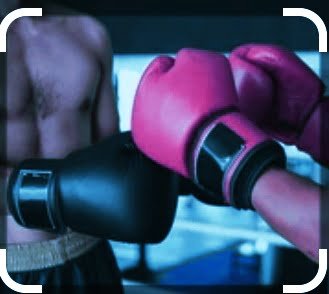
Following this, practitioners will often exchange a fist bump with their trainers, teammates, or even opponents.
This act solidifies a bond of respect and acknowledges the shared journey of mastering the art of Muay Thai.
The fist bump in Muay Thai is typically accompanied by a slight bow of the head, further signifying humility and honor.
This combination of gestures reinforces the values of respect and discipline that are foundational to Muay Thai.
After a match or training session, the fist bump serves as a gesture of appreciation for the effort and skill displayed, regardless of the outcome.
Additionally, the post-training or post-match fist bump is often part of a larger series of respectful acts.
Fighters may perform the “Wai,” a traditional Thai greeting that involves pressing the hands together in a prayer-like position while bowing slightly.
This further emphasizes the deep respect inherent in Muay Thai culture.
In essence, the Muay Thai fist bump and its associated rituals encapsulate the spirit of respect, humility, and unity that define the sport.
It is a small yet significant act that strengthens the bonds between practitioners and honors the rich traditions of Muay Thai.
Brazilian Jiu-Jitsu Fist Bump Styles
In Brazilian Jiu-Jitsu (BJJ), the fist bump is more than a simple gesture; it is a symbol of mutual respect and trust between training partners.
This martial art, which emphasizes grappling and ground fighting, has a distinctive culture where the fist bump plays a crucial role in fostering camaraderie both in training environments and competitive settings.
One common style of the BJJ fist bump is the “knuckle touch.”
Before sparring or drilling techniques, practitioners often touch knuckles lightly, signaling readiness and respect.
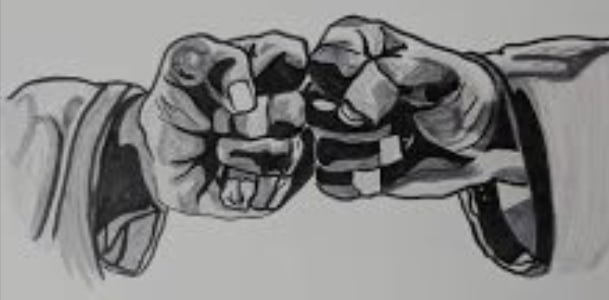
This gesture sets a positive tone for the session, reminding both parties to maintain safety and consideration.
In a similar vein, after a roll or a match, a fist bump signifies gratitude and acknowledgment of each other’s effort and skill.
Another variation of the fist bump in Brazilian Jiu-Jitsu involves a slight bow accompanied by the knuckle touch.
This style integrates traditional martial arts etiquette, reflecting the discipline and humility inherent in BJJ.
The combination of the bow and fist bump serves as a dual reminder of respect for both the individual and the art itself.
In competition settings, the fist bump takes on an even more significant role.
Before a match begins, competitors often exchange a fist bump to pledge adherence to fair play and sportsmanship.
This gesture underscores the importance of mutual respect, even in the heat of competition.
And helps to maintain a positive atmosphere throughout the event.
Overall, the various fist bump styles in Brazilian Jiu-Jitsu are deeply embedded in the culture of the sport.
Whether in a casual training session or a high-stakes competition.
The fist bump serves as a powerful symbol of unity and respect, reinforcing the core values of BJJ.
This simple yet profound gesture helps to build trust among practitioners, ensuring a supportive and respectful environment for all involved.
Fist Bumps in Taekwondo
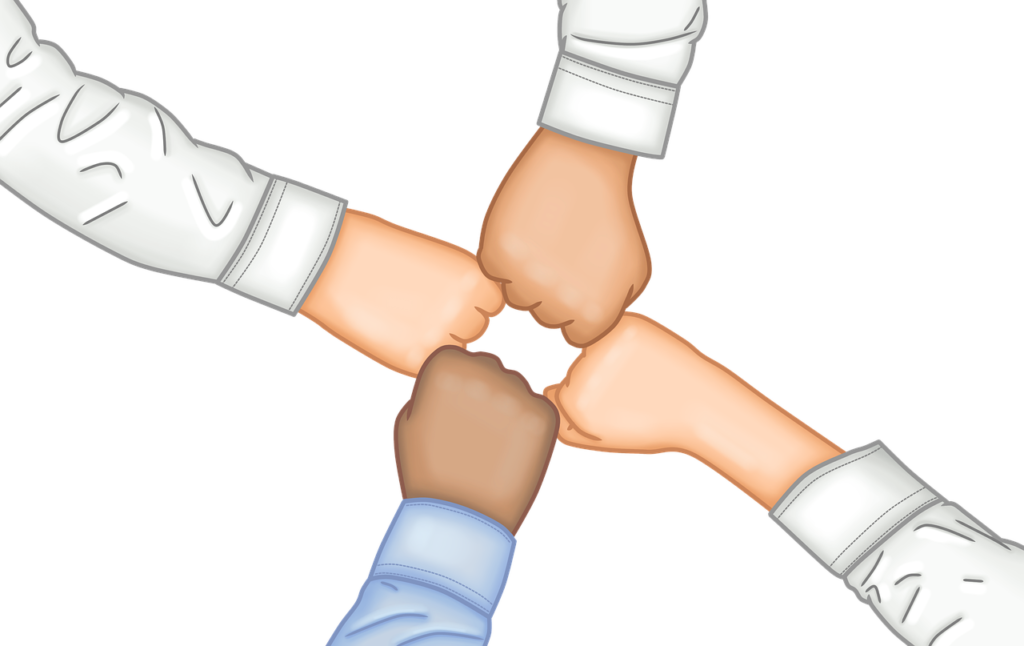
In Taekwondo, the fist bump serves as a significant gesture that embodies the principles of respect and unity.
This martial art, which has its roots in Korean culture.
Places a strong emphasis on etiquette and mutual respect among practitioners.
The fist bump, though a modern adaptation, seamlessly integrates into these traditional values.
Reinforcing camaraderie and mutual respect both in and out of the dojang (training hall).
Within the dojang, the fist bump is often observed before and after sparring sessions or practice bouts.
It is a simple yet profound way for practitioners to acknowledge each other’s efforts and skills.
By engaging in this gesture, Taekwondo practitioners demonstrate their respect for one another, regardless of rank or experience level.
This act of unity is crucial in maintaining a positive and respectful training environment.
Fostering a sense of community among students and instructors alike.
In tournaments, the fist bump takes on an even more symbolic role.
Competitors, who may be facing off against each other in a rigorous match, use the fist bump to express sportsmanship and mutual respect.
This gesture underscores the idea that, despite the competitive nature of the event.
The core values of Taekwondo – respect, integrity, and perseverance – remain paramount.
It serves as a reminder that martial arts are not merely about physical prowess but also about cultivating character and respect for others.
Culturally, the fist bump in Taekwondo is more than just a physical act.
it is a representation of the martial art’s philosophy.
It signifies the bond between practitioners and the collective journey towards self-improvement and mastery.
Whether in the dojang or at a competition, the fist bump in Taekwondo is a powerful symbol of unity and respect.
Reinforcing the deep-rooted traditions that define this martial art.
Mixed Martial Arts (MMA) has significantly influenced the way athletes express respect and unity through fist bumps.
In the dynamic and multifaceted world of MMA.
Fighters often adopt more informal and diverse fist bump styles compared to traditional martial arts.
These modern variations not only serve as a gesture of camaraderie but also reflect the eclectic nature of MMA itself.
Within the cage, fighters frequently engage in a quick.
Yet meaningful, fist bump right before the match commences.
This pre-fight gesture is not merely a routine;
It symbolizes mutual respect and acknowledgment between opponents.
The simplicity of this act underscores its sincerity, setting a tone of sportsmanship for the bout ahead.
During training sessions, MMA practitioners often use more relaxed and spontaneous fist bumps to celebrate successful moves or provide encouragement.
These variations can range from the classic knuckle touch to more elaborate combinations involving handshakes and slaps.
Showcasing the creativity and adaptability of fighters.
The influence of MMA on fist bump practices extends beyond the sport itself.
As MMA continues to grow in popularity, its unique fist bump styles have permeated other martial arts disciplines.
Traditional martial artists are increasingly incorporating these modern gestures into their routines,
blending them with age-old customs to create a contemporary expression of respect.
This cross-pollination of practices highlights the evolving nature of martial arts.
Where tradition and modernity coexist and enrich each other.
Furthermore, the informal nature of MMA fist bumps has made them accessible to a broader audience.
Fans and practitioners alike adopt these gestures in everyday interactions.
Fostering a sense of community and shared identity.
The versatility of MMA fist bump styles allows individuals to personalize their expressions of respect.
Reinforcing the inclusive and innovative spirit of the sport.
In the realm of martial arts, the simple act of a fist bump transcends its physical gesture.
Embedding itself deeply into the psychological fabric of practitioners.
This unassuming motion can have profound impacts on the training environment, significantly enhancing the overall experience for martial artists.
Scientifically, gestures like fist bumps are known to release oxytocin.
A hormone that fosters trust and social bonding.
This biochemical change can lead to a more positive and supportive training atmosphere.
The role of fist bumps in building team cohesion cannot be overstated.
Martial arts, often perceived as individualistic.
Also thrive on the camaraderie and unity of its practitioners.
By engaging in this brief, non-verbal interaction, teammates reinforce their connection and mutual respect.
This ritualistic gesture serves as a reminder that, despite the competitive nature of the sport.
They are part of a larger, supportive community.
Studies in sports psychology suggest that such gestures can improve team dynamics.
Leading to better performance and a stronger sense of unity.
Moreover, the psychological benefits extend to reducing anxiety among practitioners.
Entering a sparring session or a competition can be daunting.
And the pre-fight fist bump acts as a momentary reassurance.
Grounding the participants and easing their nerves.
This is particularly beneficial for newcomers who might feel overwhelmed by the intensity of martial arts training.
Anecdotal evidence from seasoned martial artists often highlights the calming effect of this gesture.
Helping them focus and perform better.
Fostering a sense of belonging is another crucial aspect of the fist bump’s impact.
In the diverse world of martial arts, where practitioners come from varied backgrounds.
This simple act can bridge differences and create a sense of inclusivity.
It signals acceptance and mutual respect, pivotal for maintaining a cohesive and harmonious training environment.
The shared ritual of the fist bump helps in building a community where every member feels valued and connected.
Conclusion: The Universal Language of Fist Bumps in Martial Arts
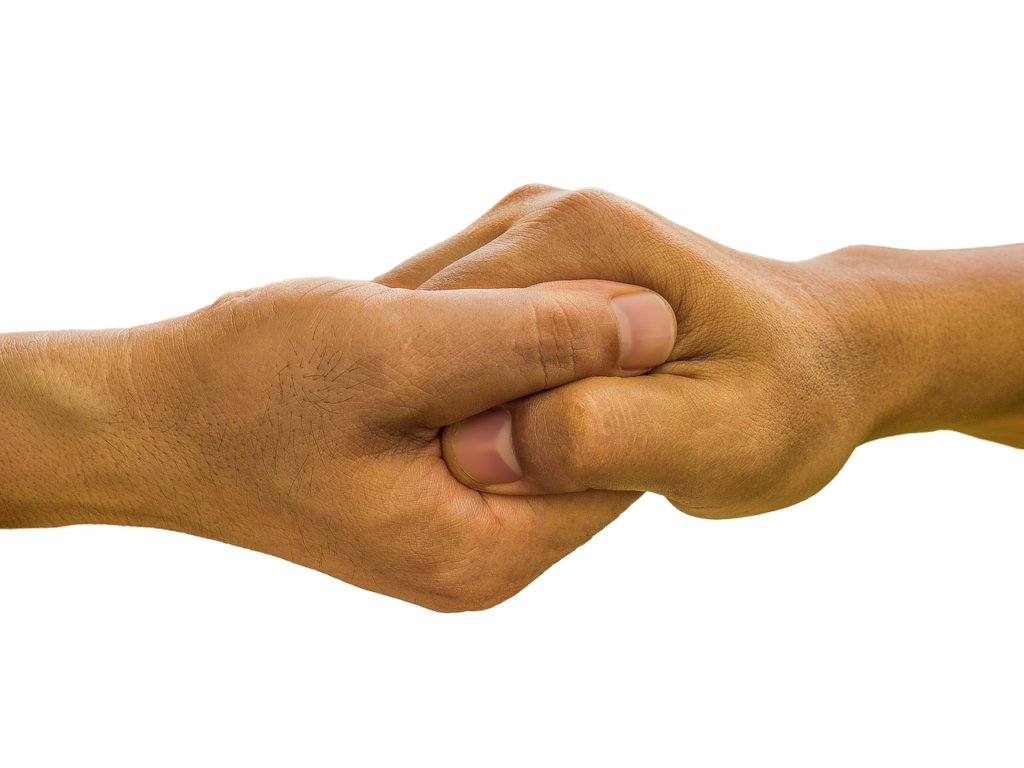
Throughout this exploration of different martial arts fist bump styles.
It becomes evident that this seemingly simple gesture carries profound significance within the martial arts community.
Across various disciplines and cultures, the act of a fist bump transcends mere physical contact.
Embodying a universal language of respect, unity, and camaraderie.
Each martial art, from Karate to Brazilian Jiu-Jitsu, has its unique approach to the fist bump.
reflecting its distinct traditions and philosophies.
Despite these differences, the underlying message remains consistent:
a mutual acknowledgment of effort, skill, and dedication.
This gesture serves as an unspoken bond between practitioners.
recognizing their shared journey and commitment to personal growth and excellence in their respective martial arts.
The fist bump also plays a crucial role in fostering a supportive and inclusive environment.
Whether it’s a pre-match ritual or a post-training sign of acknowledgment.
this gesture encourages positive interactions and reinforces the importance of sportsmanship.
It reminds practitioners that, beyond competition, martial arts is about building character, respect, and a sense of community.
As martial artists, embracing the spirit of the fist bump means appreciating the diversity and richness of different martial art forms while celebrating the shared values that unite us.
It is a reminder that, regardless of style or background.
we are all part of a global family dedicated to the pursuit of mastery and the betterment of oneself and others.
In closing, let us continue to uphold the spirit of camaraderie embodied in the fist bump.
By doing so, we honor the traditions of our respective martial arts and contribute to a more respectful and united community.
This simple yet powerful gesture of respect and unity will undoubtedly continue to be a cornerstone of martial arts culture for generations to come.

